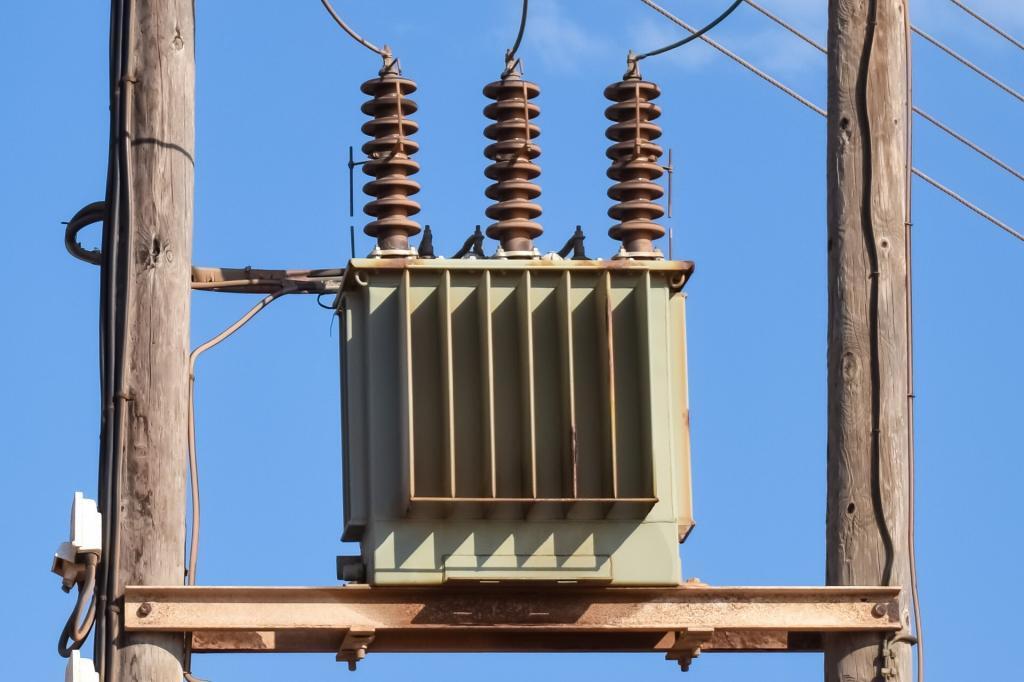Appliances and other machines that utilise electricity are built to operate using a specific voltage and frequency.
In most cases, voltage and frequency vary from different countries. And this is where our transformers come in.
A transformer will adjust the current of voltage going into the appliance while not affecting the total performance of electrical power. Basically, a transformer will pump the electricity through the appliance to keep it operating properly.

Before we determine the different types and applications of transformers used in our homes and other commercial businesses, first, let’s learn what types of transformers that do not meet the quality standards. MEPS is created to increase and encourage high quality and energy-efficient transformers and to eliminate low-quality transformer products in the market.
Distribution Transformers MEPS
In October 2004, transformers that are manufactured in or imported in the country must comply with Minimum Energy Performance (MEPS). Products who meet the specified standard for efficiency levels can apply.
MEPS, strictly and does not apply to the following types of transformers:
- Transformers other than those on 11 or 22 kV networks
- Instrument transformers
- Autotransformers
- Traction transformers mounted on rolling stock
- Starting transformers
- Testing transformers
- Welding transformers
- Rectifier or converter transformers
- others
Types of Transformers
Transformers follow the same principles of electromagnetism, however, its construction method is totally different from the other. Let’s know the different types of transformers and learn its use and application.
Power Transformers
Power Domain
Power domain transformers deal with power generation, measurement and distribution. This type of transformer requires a large area since it transmits power from the substation going to the end-users. Although it can be used both indoor and outdoor, it is most preferable for outdoor use.
Power Transformer
This type of transformer acts as a bridge between the power generator and the primary distribution grid
Measurement Transformer
This transformer is known as an instrument transformer. Its use is to isolate the main power and convert the flow of the voltage into a smaller ratio to a secondary output.
Distribution
This type of transformer will convert high grid voltage to the end-users’ required voltage which is 110V or 230V.
Electronics Domain
Electronics transformers are small and can be mounted or fixed inside the product enclosure.
Pulse Transformer
It is commonly used PCB (printed circuit board) mounted transformers which produce electrical pulses in constant amplitude.
Audio Output Transformer
It is used in audio-related devices which balances the amplifier load and circuits in a loudspeaker
Dry Type Transformers
Dry-type transformers are known as cast resin transformers which make any installation easier since it’s dry and its windings are encased in epoxy resin. This type of transformer utilises environmentally friendly insulation systems and packed with important safety features. This type of transformer is recommended for:
- Economical
- Efficient
- Safe
Dry-type transformers can be installed both indoor and outdoor. This is commonly used in industrial, utility and commercial applications
Specialist Transformers
Specialist transformers are commonly known as isolation transformers. It is primarily used to not change voltage and current levels. Specialist transformers are built for continuous high loads and occasional system faults which is associated with typical traction, refining or smelting.
Based on Voltage Level
Transformers can be used either to increase or decrease the voltage of an appliance or other machines that use electricity.
1. Step-Down Transformer
A step-down transformer is used in both Electronics and Electrical domain. Primarily, it converts the flow of voltage to a lower level. It converts high voltage to a lower voltage supply line.
- Application in electronics will run with 5V, 6V, 9V, 12V, 24V, 48V
- Application in electrical works on very high voltage to lower loss and cost-effective solution for long-distance power delivery requirements
2. Step-Up Transformer
A step-up transformer is the exact opposite of the step-down transformer. It will increase the low primary voltage to a high secondary voltage with the use of inverters or stabilizers.
3. Isolation Transformer
Isolation transformer does not convert any voltage levels. Its primary use is to isolate the circuits connected to each side. Its primary and secondary winding ratio is always equal to the 1. This is used to suppress electrical noise or protection against electrical shock since it provides galvanic isolation from any electrical devices.
A transformer can adjust (only) the flow of the voltage, but cannot change the frequency. In this case, it is better to change and adjust the voltage up or down according to the appliance or the machines’ frequency and this is the main reason why we need a transformer.
Call Us and Book Now
For your transformer repairs and installation needs, keep Gordon Powers on your speed dial and we will be there in no time.
If you are looking to hire a licensed level 2 electrician, Gordon Powers will provide you with the best and competent electricians to all your electrical needs.
You can call us at (02) 9199 7480 anytime for fast and reliable service. We are available 24/7. Book our professional and licensed level 2 electricians now!










